CloudKicker0
Full Member
Found along the surf in eastern North Carolina. One side relatively flat while the other side rounded. The rounded edge feels sharp enough. Please help with some ID?
Amazon Forum Fav 👍
Attachments
-
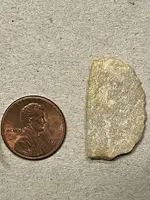 48C1457D-18E5-4A7C-B5CD-0C459373E34F.webp927.7 KB · Views: 55
48C1457D-18E5-4A7C-B5CD-0C459373E34F.webp927.7 KB · Views: 55 -
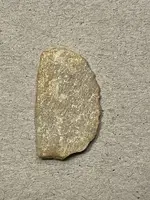 55502BB7-0278-4586-99FF-EDF20EADF6CE.webp840.6 KB · Views: 53
55502BB7-0278-4586-99FF-EDF20EADF6CE.webp840.6 KB · Views: 53 -
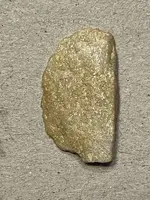 C1C4A08C-97FA-4257-9221-04D72EFF97A0.webp846.9 KB · Views: 53
C1C4A08C-97FA-4257-9221-04D72EFF97A0.webp846.9 KB · Views: 53 -
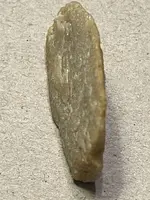 38F4737A-D995-47E6-9288-C648E4814753.webp604.2 KB · Views: 48
38F4737A-D995-47E6-9288-C648E4814753.webp604.2 KB · Views: 48 -
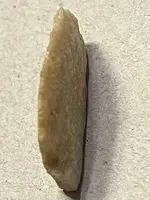 1B41C3AA-483D-4596-9190-FF5BA012C26C.webp514.4 KB · Views: 54
1B41C3AA-483D-4596-9190-FF5BA012C26C.webp514.4 KB · Views: 54 -
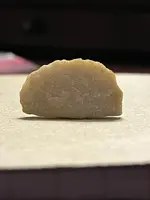 3DD45085-E67B-41DA-9C7A-0D93303B612A.webp314.9 KB · Views: 59
3DD45085-E67B-41DA-9C7A-0D93303B612A.webp314.9 KB · Views: 59
Upvote
1



